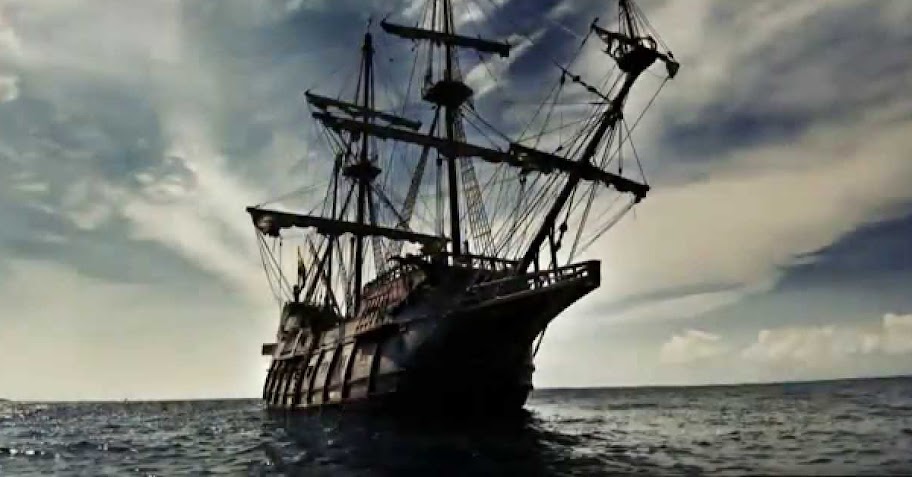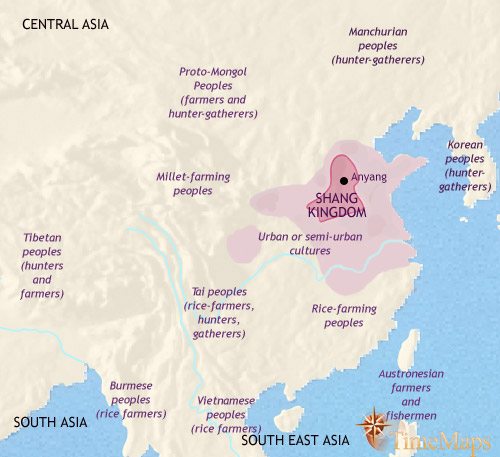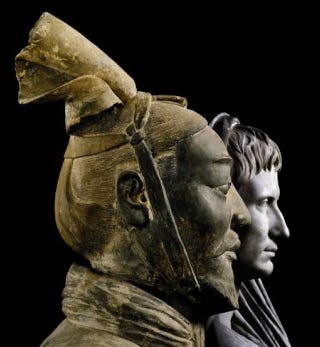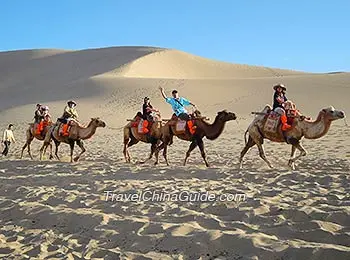porcelains from Canton China to Mai Filipinas
MANILA GALLEONS
Trade in the Islas Filipinass centered around the “Manila galleons,” which sailed from Acapulco on the west coast of Mexico (New Spain) with shipments of silver bullion and minted coin that were exchanged for return cargoes of Chinese goods, mainly silk textiles and porcelain. There was no direct trade with Spain and little exploitation of indigenous natural resources. Most investment was in the galleon trade. But, as this trade thrived, another unwelcome element was introduced—sojourning Chinese entrepreneurs and service providers
For 250 years, from 1565 to 1815, Spanish galleons shuttled between Acapulco and Manila, exchanging treasures of the West for those the East, making huge profits for the Spaniards. The trade has been described as “one of the most persistent, perilous and profitable commercial enterprises in European colonial history.” For a long period of time it was the “most significant pathway for commerce and cultural interchange between Europe and Asia.” [Source: Eugene Lyon, National Geographic, September 1990
The galleons sailed once or twice. Sometimes they traveled in convoys but more often than not a single ship made the journey. A few vessels sailed from Manila directly to Spain rounding the cape of Good Hope, but these voyages were soon stopped by their enemy the Dutch, who controlled this
sea route
Acapulco began as Spanish port from which goods received from the Orient were transported overland by mule to present day Mexico City and then to Veracruz on the Gulf of Mexico, where the goods were reloaded on ships bound for Spain that rendezvoused with other Spanish ships in Havana for the trip to Spain. A little further north of Acapulco is Puerto Navidad, where the Spanish launched their conquest of the Philippines. Acapulco was selected as the trading port of the Manila galleons in the Americas because of its excellent harbor, and overland accessibility to Vera Cruz on the Caribbean side of Mexico
The trade route between the Philippines and Mexico was opened in 1564 when the eastward route was discovered from the Philippines to Mexico by Legazpi. Beginning with Magellan navigators had sailed from Mexico to the Philippines for decades but were unable to find the route back. Many of the first conquistadors to arrive in the Philippines gave themselves up to their enemies the Portuguese because it was their way only to make it back to Europe
The most important source of goods for the Spanish in the Philippines was China. For a while the Spaniards maintained a trading post on China but for the most part they relied on Chinese intermediaries to bring goods to Manila. About 30 or 40 junks, laden with goods arrived in the Philippines from China a year. Over time the Chinese not only dominated trade but also dominated many of the trades, such as shipbuilding, on which trade was based, and outnumbered the Spanish
The Spanish had initially hoped to turn the Philippines into another Spice Island but they soon found that the island’s soil, terrain and climate were not suited for growing spices. Mining opportunities did not present themselves as they did in Latin America. Trade was stubbled upon sort of by accident.
In 1571, the Spaniards rescued some Chinese sailors whose sampans sunk off the Philippines and helped them get back to China. The next year the grateful Chinese returned the favor in the form of a trading vessel filled with gifts of silk, porcelain and other Chinese goods. This ship was sent eastward and arrived in Mexico in 1573, and its cargo ultimately made it to Spain, where people liked what they saw and a demand for Chinese goods was born.
Manila became the center of a major trade network that funneled goods from Southeast Asia, Japan, Indonesia, India and especially China to Europe. Spain developed and maintained a monopoly over the transpacific trade route. The trade became the primary reason for the existence of the Philippines. Development of the archipelago was largely neglected
On average a single Spanish galleon sailed eastward from Manila between April and July with treasures from the Orient and returned with from Acapulco with silver from Mexico, Peru and Bolivia between October and January. The journey each way was around 15,000 kilometers (about 9,000 miles), the world’s longest navigation route. Although one route went north of the Hawaiian island and the other went south of them, the islands were never discovered. [Source: Eugene Lyon, National Geographic, September 1990
The galleons heading to the Philippines traveled more or less in a straight line equidistance between the Equator and the Tropic of Cancer and followed the North Equatorial Current and Northeast Trade Winds south of Hawaii. The journey was generally a piece of cake. The winds were steady and the seas were placid. Often the ship made it less than three months. The main object was to get to the Marianas (islands east of the Philippines) before the contrary winds of the autumn monsoon kicked up
The galleon heading to Mexico followed the Kuroshio current to the same latitudes of Japan and then the took the North-Pacific Current and westerly winds eastward past Guam and the Marianas and north of Hawaii to California and then followed the coast down to Mexico. The route was discovered by one of Legazpi’s ships, the San Lucus, which sailed north as far as Japan and south as far as New Guinea before discovering a reliable west-to-east wind through trial and error
The journey eastward was much more hazardous. It often took serval weeks just to get out of the dangerous waters of the Philippines and the whole journey could take almost a year. A traveler in 1697 wrote: “The voyage from the Philippine islands to America may be called the longest and most dreadful of any in the world, as well because of the vast ocean to be crossed, being almost one half the terraqueous globe, with the wind always a-head; as for the terrible tempest that happen there, one upon the back of another.”
“The Manila-Acapulco Galleon Trade started when Fray Andres de Urdaneta (who was Miguel Lopez de Legaspi’s pilot) discovered a return route from Cebu to Mexico in 1565. Fray Urdaneta theorized that the Pacific winds moved in a circular motion. He reasoned that if ships sailed far to the north before heading east, he would pick up the trade winds to bring him back west to Mexico. Urdaneta’s hunch paid off and his galleon hit the coast of Cape Mendocino in California
Though the Spanish had reached the Philippines from Mexico prior to 1564, they could never find a return route back eastward. It was a small fleet of four ships, under Miguel Lopez de Legazpi, who finally found a route in 1565. Don Luis de Velasco sent this expedition under the direction of Phillip II. and accompanying this fleet was Andres de Urdaneta, who had previously sailed with Loaysa to those seas in 1525. This fleet left Mexico on November 21, 1564 t begin the 9,000 nautical mile trek to the Philippines. They sighted the island of Samar on February 13, 1565 and anchored off the island of Cebu on April 27, 1565. The fleet split up, and some went south as far as New Guinea looking for a route back. Urdaneta believed the route back would be found to the north. The San Lucas of only 40 tons, went far to the north near Japan, where she found the westerly trade winds and favorable currents, which bore her back to the California coast near Cape Mendocino, which she then followed south, arriving back at Acapulco, October of 1565. Oddly enough, it was the San pablo of the same fleet, which followed the San Lucas shortly thereafter, which received the credit for discovering this route back. One source says that one of the galleons had deserted (probably the San Lucas) and discovered the route back arriving in Acapulco in July of 1565. It also states that Urdaneta (on another vessel) went as far north as 38 degrees off Japan and then headed on a southerly course in which no land was encountered and most of the crew had died before reaching Acapulco
Almost every Spaniard and every enterprises and institution in the Philippines had its hand in the Manila galleon trade somehow. Even the church was involved. Priests, bishops and even archbishops controlled consignments. At first space on board the ship was divided according to a system of permits that were supposed to be in fair manner but quickly the system became poisoned by corruption and favoritism. [Source: Eugene Lyon, National Geographic, September 1990
If the ships got through and the goods found their way to their destination and the money or bartered goods found their way back, merchants often made profits between 100 and 300 percent. If something happened to the galleon and goods and money did not make it to their destinations the Philippines suffered through a year of hardship
Regulation and enforcement of the weight limits were lax and corruption was high. With the welfare of the entire Philippines colony and thousands of people dependent on a single shipment a year, there was a temptation to overload the vessel which made it vulnerable to sinking and attacks
Many of the so-called “Spaniards” in the Philippines were actually of Mexican descent. This is so because sea travel from Spain to the Philippines was very difficult before the advent of steam navigation and the opening of the Suez Canal.
The 15,000-kilometer voyage of the Manila galleons was plagued by pirates, storms and slack winds. In 1578 Drake’s fleet captured a merchant ships loaded with Oriental goods. In 1743, the overloaded and underarmed silver galleon Covadonga was attacked and easily taken by the British, who took possession of more than a million silver pesos, gold bullion and a host of valuable goods. The Covadonga took 159 shots and lost 70 men. the British lost only two. When the treasure was brought aback to Britain it took 32 wagons to transport it. In some cases pirates simply hung out near the ports where the ships departed from and attacked them after they left. [Source: Eugene Lyon, National Geographic, September 1990
Many galleons never even made it out the Philippines, whose waters were made dangerous by typhoons, shoals and sunken rocks. San Bernardino Strait, also known as the Embocadero, or outlet, was narrow and full of obstacles and particularly fear by navigators

.........................









 .
.





